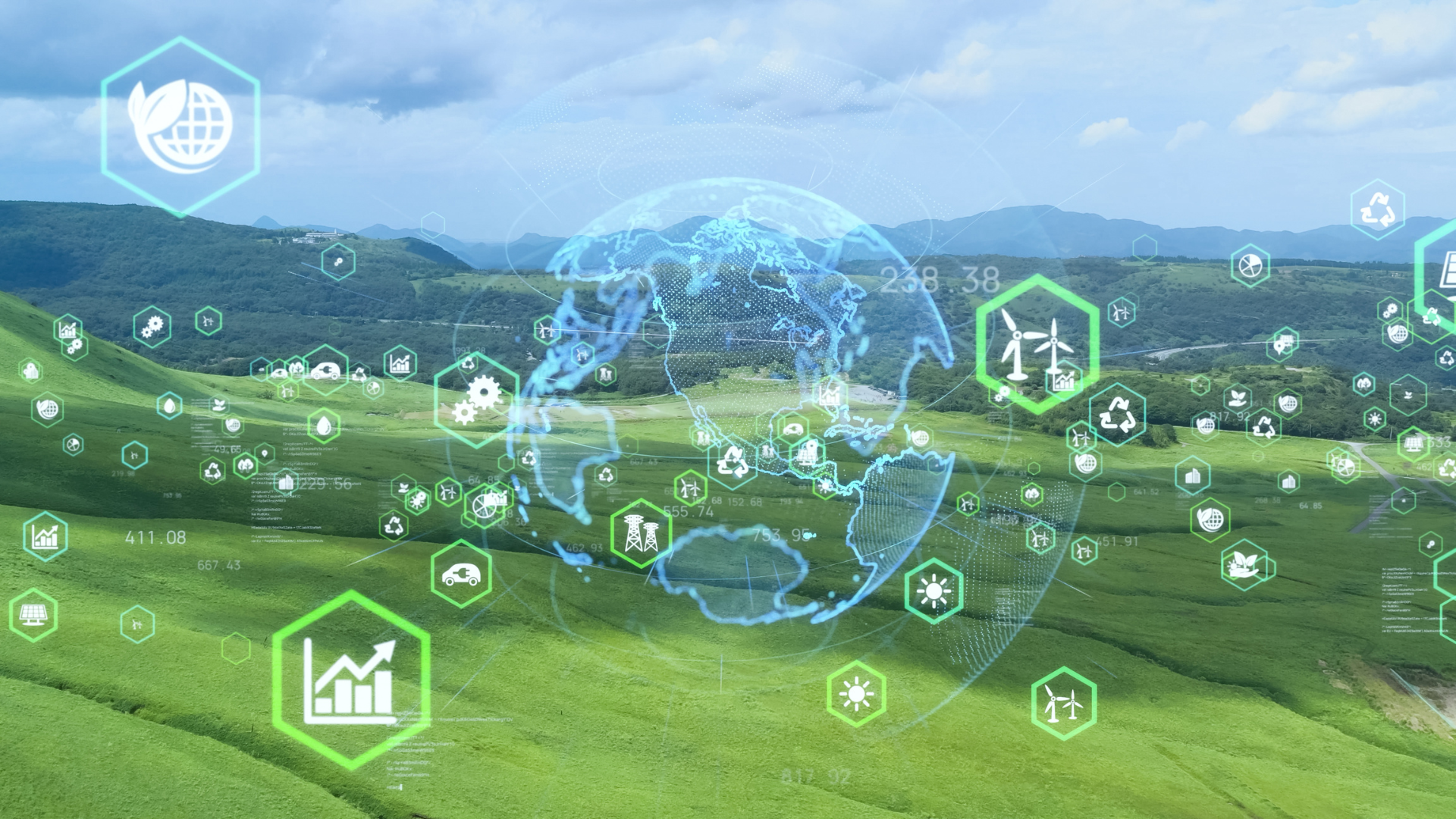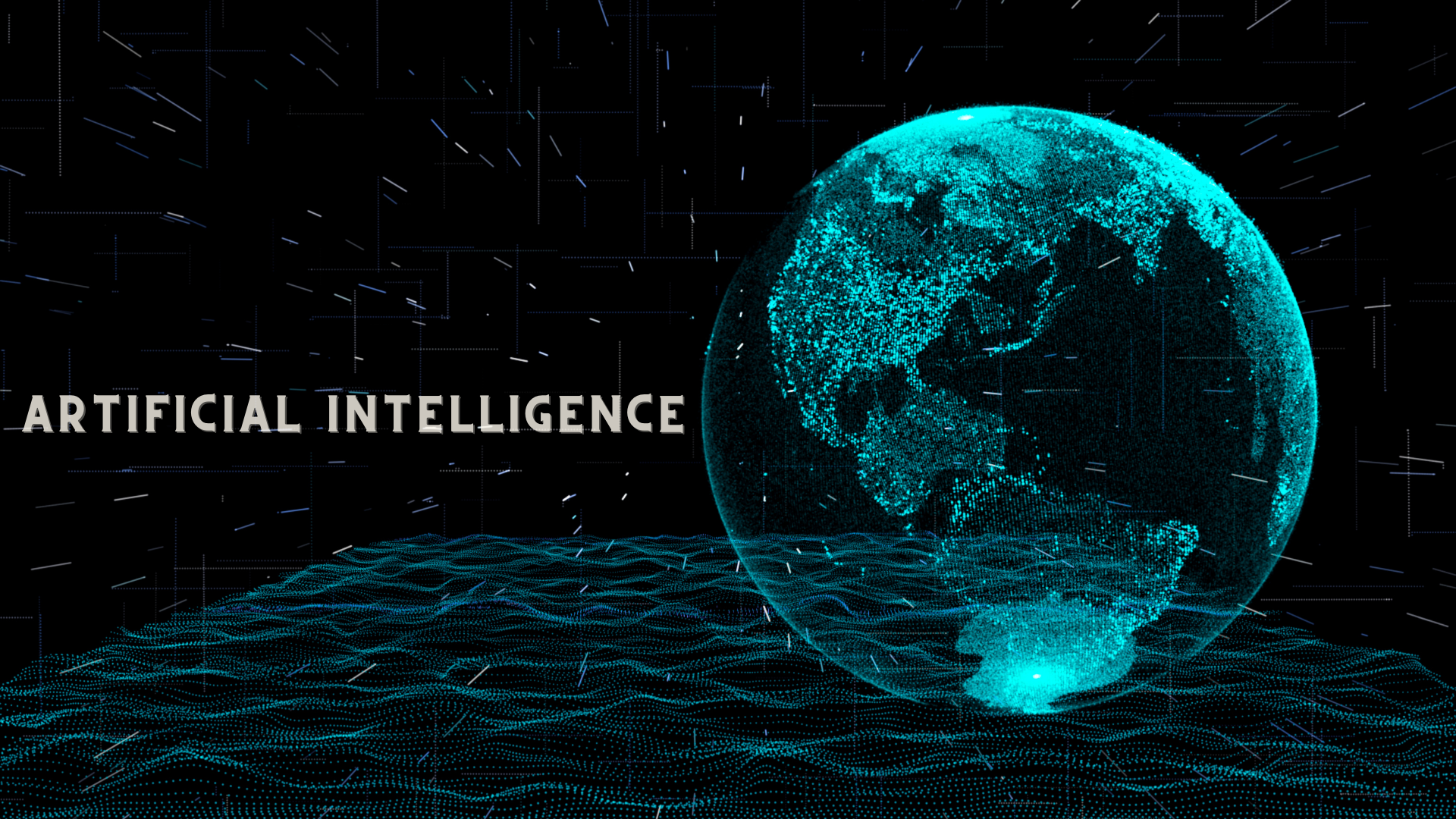5 Ways Smartphones are Streamlining Business Operations
Businesses are continuously looking for methods to streamline their operations and stay ahead of the curve in today’s fast-paced digital world. One tool that has proven to be a game-changer in this regard is the smartphone.
Yes, you read that right – your trusty handheld device can do much more than just make calls and send text messages! From managing projects on the go and staying connected with team members across different locations to handling people operations, smartphones are revolutionizing the way we do business. Additionally, nowadays, as industries are often seen adopting digital transformation in the supply chain operations for their businesses, smartphones are playing a vital role in this shift. They enable businesses to communicate instantly, access important information easily, manage inventory efficiently, capture essential data, and engage with customers effectively.
In this blog post, we’ll explore some of the ways in which smartphones are helping organizations become more efficient and productive than ever before. So buckle up and get ready to discover how you too can leverage this powerful technology to take your business operations to the next level!
Improved Communication & Collaboration
With smartphones, businesses can take advantage of features like VoIP (Voice over Internet Protocol), which allows for clear and concise calls without the dropped connections or poor quality often associated with landlines. In addition, VoIP services often come with many features that can be beneficial for businesses, such as call forwarding, caller ID, voicemail, and more. Another advantage of smartphones is that they facilitate easier collaboration between employees. With apps like Slack and Zoom, team members can easily communicate and share files regardless of location. This type of flexibility is essential in today’s fast-paced business world.
Smartphones are proving to be a valuable tool for businesses of all sizes. By taking advantage of the latest technologies, businesses can improve communication and collaboration while streamlining their operations.
Increased Productivity & Efficiency
There are several ways that smartphones are helping to increase productivity and efficiency in businesses. For starters, they allow employees to stay connected and work remotely. This means that employees can stay on top of their work even when they’re not physically in the office. In addition, smartphones provide access to a wealth of information and resources that can help employees be more productive.
Smartphones are helping businesses to become more organized. With a variety of apps and features available for task management and organization, businesses can keep track of their work more easily. This increased organization can lead to better time management and greater productivity overall.
Enhanced Security & Safety
Not only do smartphones provide a convenient way for employees to stay connected and productive while on the go, but they also offer enhanced security and safety features that can help protect your business against potential threats. Additionally, many businesses rely on solutions like eIDAS 2.0 to bolster their digital services’ security and enhance data protection. By adopting eIDAS 2.0-compliant measures, companies can authenticate the identities of individuals accessing their digital platforms, thereby reducing the risk of unauthorized access or any fraudulent activities. For those unfamiliar with this subject, exploring Truvity’s complete portal to eIDAS 2.0 can provide valuable insights into its applications and benefits.
Smartphones have become indispensable tools for ensuring workplace safety, particularly in managing operations involving people. One key advantage they offer is the ability for employers to track their employees’ real-time location, which proves invaluable during emergencies by providing quick and accurate information on where employees are located.
Another crucial security feature of smartphones is their capability to encrypt data, making it significantly harder for cyber criminals to access if the phone data. In addition to that, these smartphones can be set to IP address of certain geographical locations, which can be found through an IP address lookup tool, making it difficult for hackers to smartphone’s location. This can offer businesses an additional layer of protection and peace of mind regarding their sensitive data. Additionally, many smartphones now come equipped with bio metric authentication methods, such as fingerprint scanners and iris recognition, which can further help to protect your data.
Moreover, many smartphones now come equipped with panic button apps. These apps enable users to instantly alert designated contacts or emergency services if they feel threatened or are in danger. This added layer of security not only prioritizes the safety of employees but can also enhance the overall effectiveness of people operations in the business setting.
Thus, by utilizing the security and safety features of smartphones, businesses can help to protect themselves against potential threats while also improving their overall efficiency and productivity.
Real-Time Access to Data & Information
Businesses are increasingly reliant on data and information to make decisions and operate effectively. Smartphones provide a convenient way for business owners and employees to access this data and information in real time, from anywhere.
There are a number of ways that smartphones are streamlining business operations. First, they provide instant access to email, calendars, and other important communication tools. This allows businesses to stay connected and responsive to customer inquiries and requests. Secondly, smartphones give businesses the ability to track inventory levels, sales figures, and other critical data in real time. This helps businesses make more informed decisions about inventory management, product pricing, and marketing strategies. Smartphones allow businesses to run mobile apps that can streamline many common business tasks such as expense tracking, task management, and customer relationship management.
Smartphones are providing a major boost to business efficiency in the digital age. They offer an easy way for businesses to stay connected and informed, while also simplifying many common business tasks.
Cost Savings
Using smartphones for business operations can help reduce costs in some ways. First, it can help reduce the need for paper documents and files. Second, it can help reduce travel expenses by allowing employees to work remotely. Third, it can help reduce the need for office space by allowing employees to work from home or other locations. It can help reduce the cost of IT infrastructure by using cloud-based applications and services. Using smartphones to streamline business operations can lead to significant cost savings for businesses. This is especially important in the current economic climate where businesses are under pressure to cut costs and improve efficiency.
Smartphones are Indeed Essential for Businesses
Smartphones have become an invaluable tool for businesses of all sizes, allowing companies to streamline operations and improve efficiency in the digital age. From communication to security, smartphones are a must-have asset for any company looking to increase productivity and save time and money. The possibilities are endless with what you can do when it comes to using your smartphone as a business tool-from customer service apps to employee tracking software. With these tools at your disposal, you can ensure that your business is up-to-date with the latest trends and technology available today.










